
Felix Wankel invented the rotary engine in the 1950s, and it became popular due to its compact size, high-speed capabilities, and distinct sound. Though the rotary engine powered some iconic vehicles after its debut, it faced several challenges, like high emissions, fuel inefficiency, and insufficient torque, which affected its popularity. This list examines 15 cars that used Wankel’s invention and how they fared.
Mazda RX-7, 1978-2002
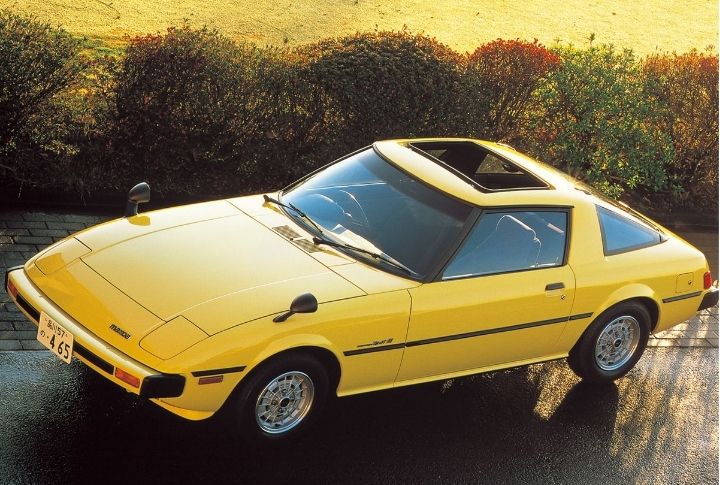
The RX-7’s popularity was due to its timeless build and balanced efficiency. Its lightweight rotary engine contributed to a near-perfect 50/50 weight distribution, resulting in exceptional handling dynamics. The product also brandished new features like pop-up headlights and a torque-sensing limited-slip differential.
Mazda RX-8, 2003-2012
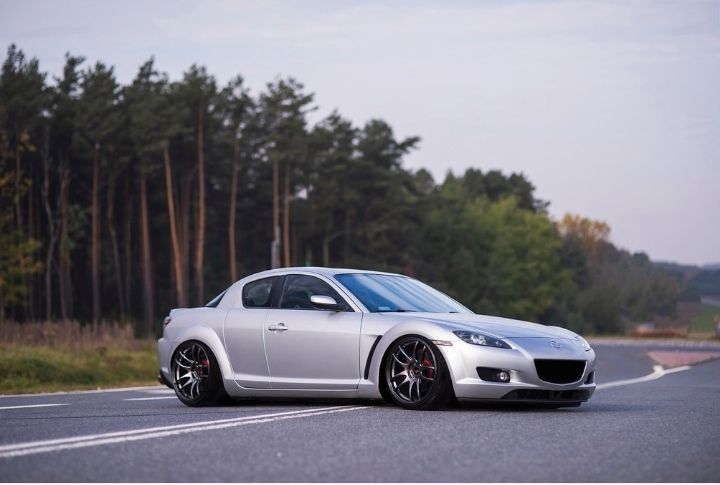
The RX-8’s design skillfully balanced practicality and optimum performance. A spacious cabin that comfortably seated four adults and unique freestyle doors provided easy access to the rear seats and enhanced usability in tight parking spaces. Despite its unconventional layout, the RX-8’s rotary engine delivered linear power delivery and revved eagerly to its redline.
Citroën GS Birotor, 1973-1975
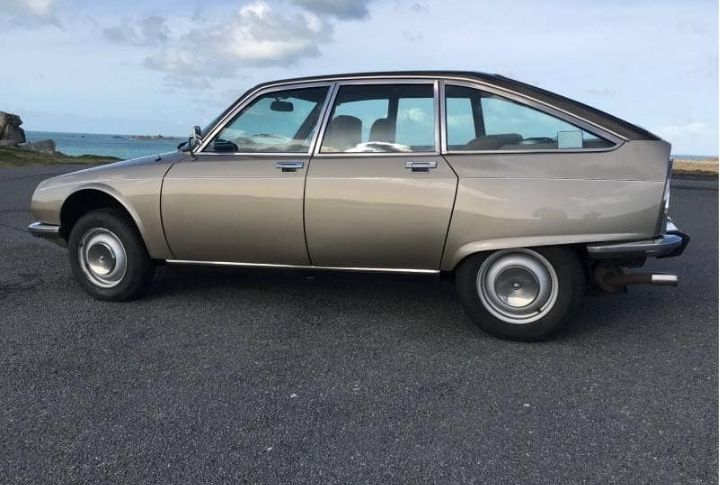
The Citroën GS Birotor was developed in collaboration with NSU, showcasing the French manufacturer’s commitment to innovation. Featuring a hydropneumatic suspension system, the GS Birotor provided a ride quality unmatched by its contemporaries. Though it had a short production run, its advanced technology and avant-garde styling cemented its status as a classic.
Toyota 2000GT MF12, 1967-1970
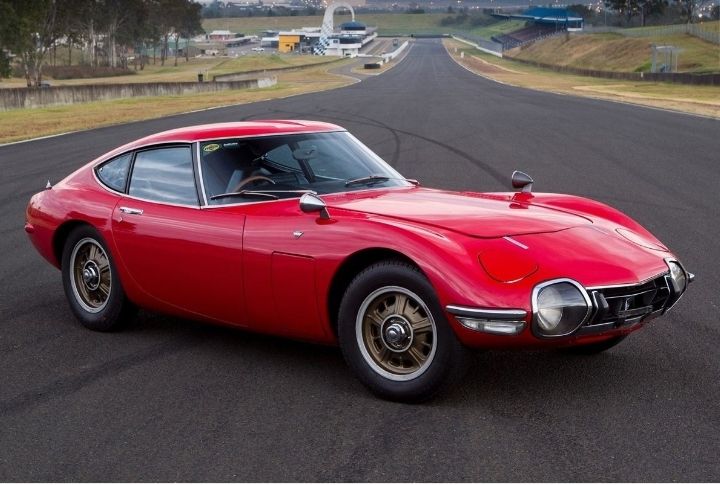
The MF12 was the product of Toyota’s collaboration with Yamaha. It was part of an experimental powertrain configuration featuring a mid-mounted, twin-rotor Wankel engine. Though this move showcased Toyota’s innovative spirit and engineering prowess, the rotary-enabled version never progressed beyond the pilot stage.
Chevrolet Corvette, 1970-1976
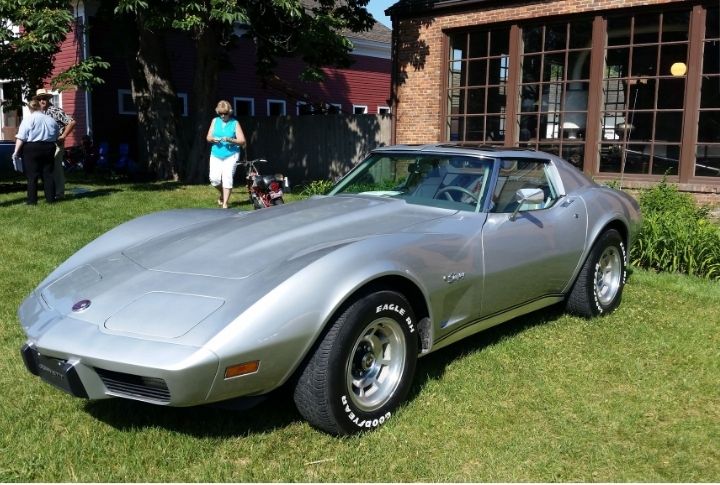
General Motors’ ambitious attempt to revolutionize the sports car market with rotary engines led to the design of Corvette XP-882 prototypes. Sadly, they cancelled the project after a few releases. Still, the knowledge gained from the endeavor contributed to future advancements in automotive engineering, particularly in emissions control and fuel efficiency.
NSU Spider, 1964-1967

The NSU Spider, manufactured from 1964 to 1967, was designed by German manufacturer NSU and showcased innovation with its rear-mounted, air-cooled single-rotor Wankel engine. Popular for its agile handling, the Spider set the pace as one of the earliest production cars to harness the potential of rotary power, setting a precedent for future advancements in automotive engineering and design.
NSU Ro 80, 1967-1977
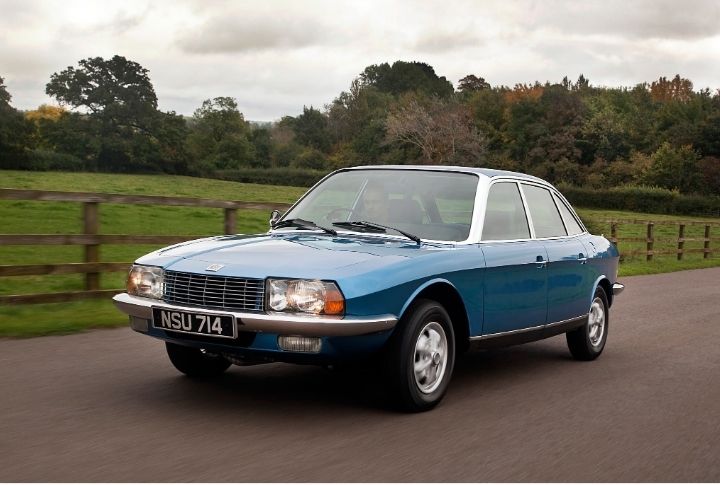
The NSU released the Ro 80 model as another of its German luxury sedans. The Ro’s innovative twin-rotor Wankel engine provided smooth acceleration and contributed to its undying reputation. Though it frequently had reliability issues with the engine seals, its advanced blueprint earned the Ro 80 some critical acclaim and a loyal following among fans.
Chevrolet Corvair Testudo, 1963
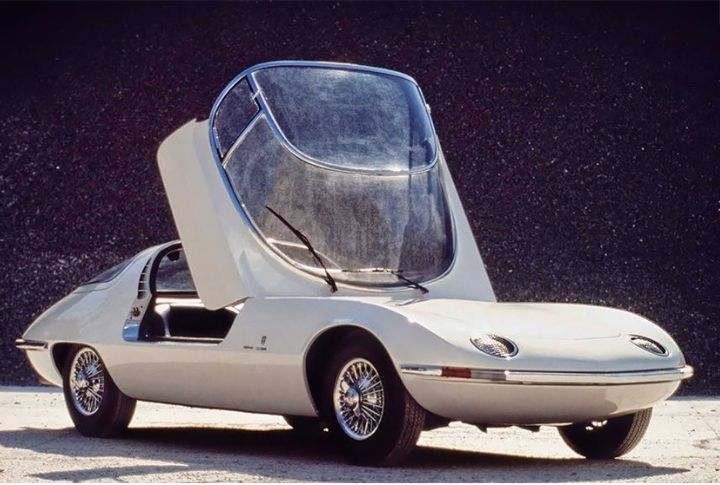
The Chevrolet Corvair Testudo showcased a blend of Italian design finesse and American engineering prowess. Built as a modification of the Chevrolet Corvair, it boasted an unconventional mid-mounted, air-cooled single-rotor Wankel engine, distinguishing it from its contemporaries. This innovative powertrain configuration contributed to the car’s compact dimensions and delivered spirited performance.
Citroën M35, 1970-1971
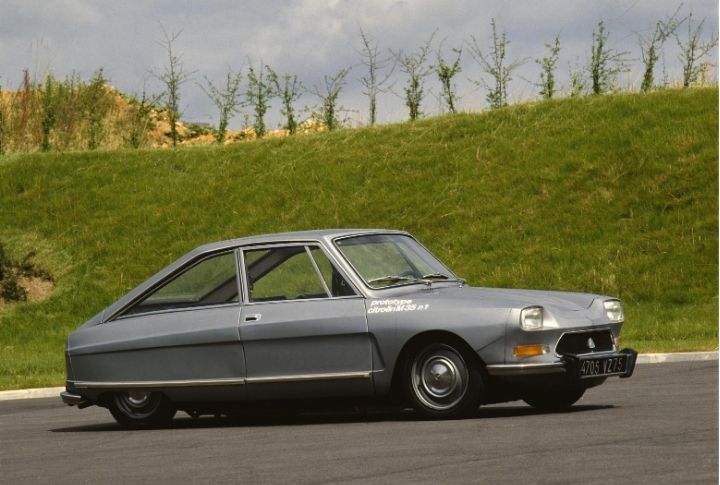
The Citroën M35 was a prototype vehicle with a single-rotor engine. Selected customers received car samples to help in test-running them, and the feedback helped the brand make its next decision. While the M35 had made waves because of its rotary engine, it had several reliability concerns, ending production. Still, it remains a sought-after item due to its rarity and historical significance.
Mitsubishi Colt Galant, 1970-1975
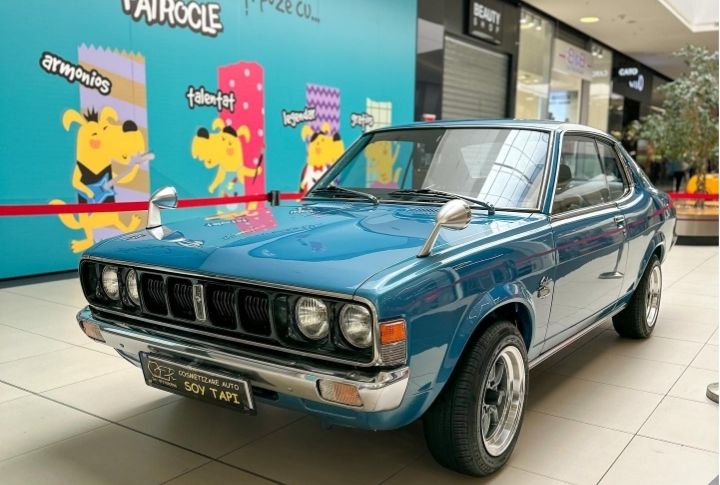
In several markets worldwide, the Mitsubishi Colt Galant offered a rotary engine option that produced 110 horsepower. Although the vehicle had promising performance, it faced stiff competition from conventional piston-powered models, which led to its discontinuation.
Mercedes-Benz C111, 1970-1978

Mercedes-Benz produced a series of experimental prototype vehicles, and the 211 was one of them. Introduced in 1970, the model had an exceptional three-rotor Wankel engine producing up to 280 horsepower. It set many endurance and speed records, showcasing the potential of rotary engines. Nevertheless, Mercedes-Benz chose not to continue releasing the C111 due to fuel consumption and pollution issues.
Mazda Rotary Pickup, 1974-1977
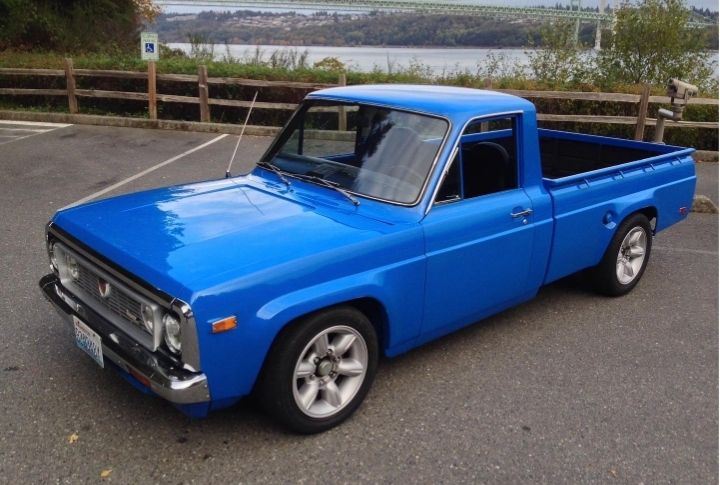
Released from 1974 to 1977, the Mazda Rotary Pickup presented a unique proposition within the truck segment by offering a rotary engine variant on the already established B-Series platform. Delivering a compact design, the Pickup catered to fans seeking a balance of performance and utility. Despite these distinctive features, its below-average towing capacity and relatively modest fuel efficiency limited its widespread adoption.
Alfa Romeo 33 Stradale, 1967-1969
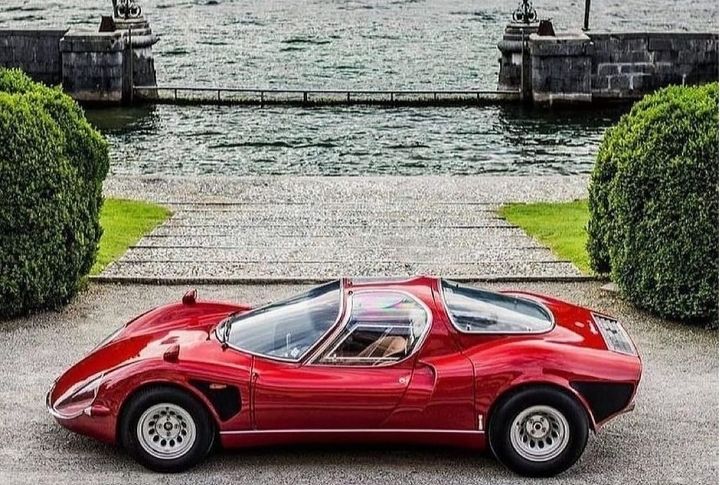
The Alfa Romeo 33 Stradale was a limited-production version of Alfa Romeo’s Tipo 33 racing car. It featured a mid-mounted, 2.0-liter V8 engine, though one of its trial versions had a twin-rotor engine. While there was no further production of the rotary-powered Stradale, it remains a fascinating footnote in the company’s history.
General Motors XP-882, 1970s

Sporting a mid-mounted, two-rotor Wankel engine, the General Motors XP-882 promised impressive performance and boasted a distinctive exhaust note. As a product of Chevrolet’s innovative experimentation in the 1970s, its sleek and aerodynamic body design enhanced its aesthetic appeal and contributed to its impressive performance capabilities. General Motors, however, faced challenges regarding emissions compliance and durability, limiting its popularity.
Audi 100 C1, 1969-1976
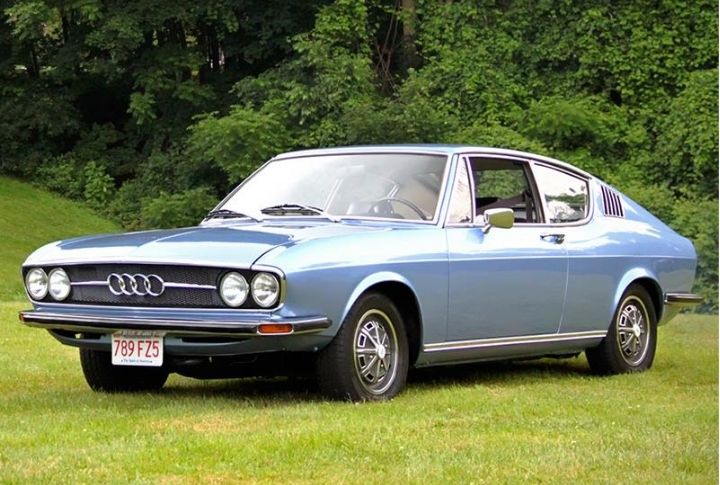
Referred to as the “Audi 100 Coupe S,” the Audi 100 C1 had a singular-rotor Wankel engine generating approximately 115 horsepower. Despite its relatively modest production volume, the Audi 100 Coupe S symbolized Audi’s venture into rotary propulsion in passenger vehicles throughout the 1970s. It also underscored the brand’s commitment to innovation and technological exploration during that era.
